Pirelli brings the 2 ends of its compound vary to Monaco and Barcelona
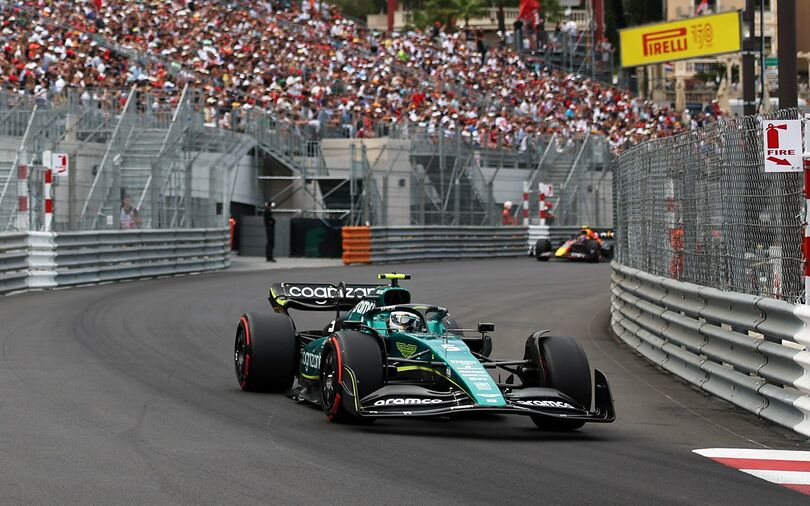
Formulation One’s tyre provider Pirelli has introduced what compounds it’ll carry to the Monaco and the Spanish Grand Prix that may happen on the following two consecutive weekends.
Following the cancellation of the Emilia Romagna Grand Prix, groups, drivers and suppliers have shifted their focus from the Imola race to the following two races that have been set to type the second half of the season’s first of two triple-headers.
The Monaco Grand Prix that’s set to happen from 26 to twenty-eight Might, will see drivers use the three softer compounds: C3, C4 and C5 with the tyre choice having established itself because the frequent alternative over the previous 12 months.
In reality, the tyres usually are not subjected to quite a lot of stress on the Monte Carlo avenue circuit because the lap is slower than at every other monitor and the asphalt just isn’t significantly abrasive. Quite the opposite, the roads are opened to public site visitors every night, which signifies that the monitor doesn’t rubber in as common. Because of this, the drivers should rely closely on aerodynamic grip, working the very best downforce ranges seen all 12 months.
Only a week later on the Spanish Grand Prix, the C1, C2 and C3 compounds might be used. It’s a comparable choie to final 12 months, though it’s not the identical with the C1 being a model new compound for this 12 months. Final 12 months’s hardest compound, the C1 was renamed as C0 with the brand new C1 compound having made a profitable debut in Bahrain.
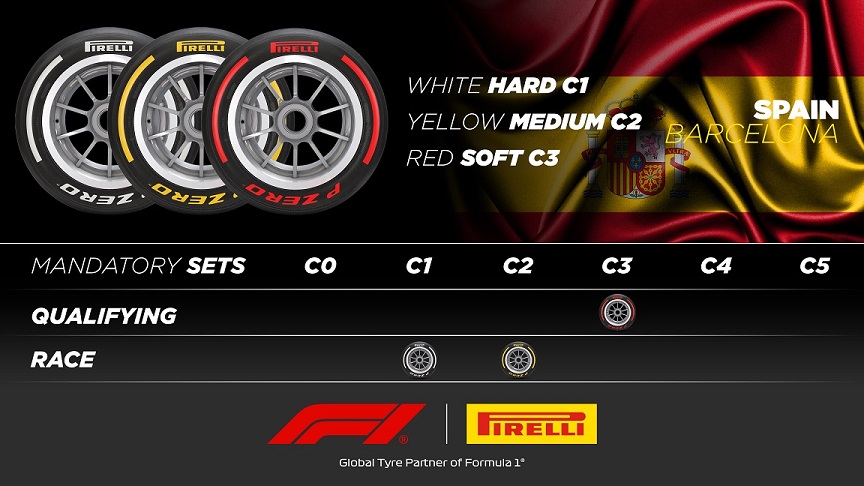
The Circuit de Catalunya is well-established venue, having hosted the Spanish Grand Prix since 1991 with out interruption and likewise staged quite a few in-season testing.
Nonetheless the format might be barely totally different this 12 months with the monitor returning to its former configuration The ultimate chicane might be eliminated and changed by the sweeping quick Flip 14, making much more flowing and fewer extreme for the tyres when it comes to traction however places them beneath higher lateral stress through the ultimate two quick corners. The change will end in a discount within the general lap size, which now comes right down to 4.657 kilometres.


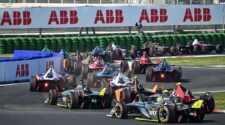

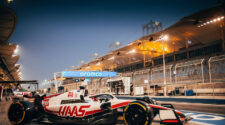

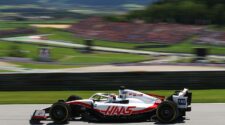


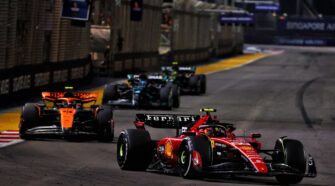
No Comment